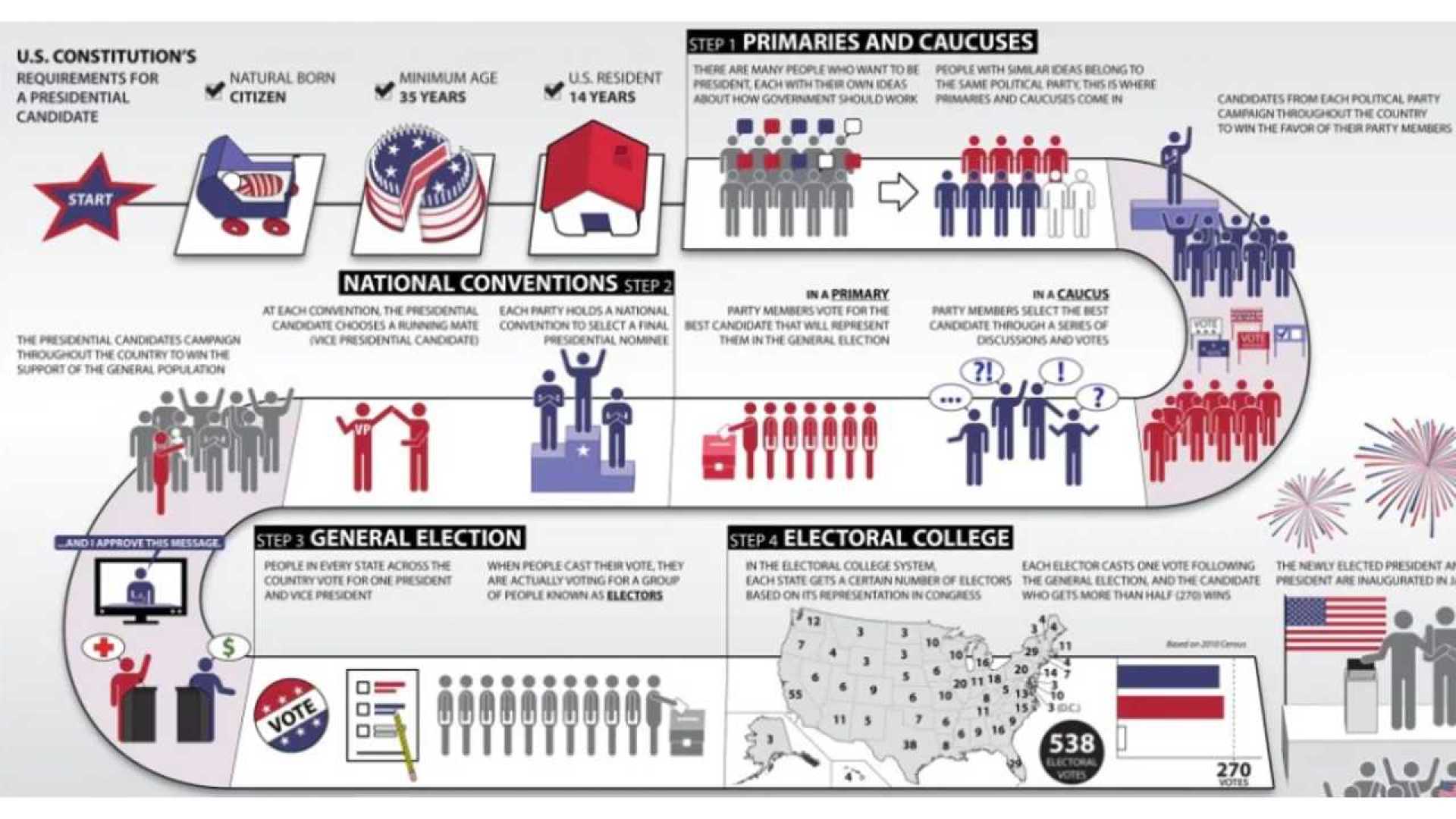Politics
US Presidential Election 2024: Key Dates, Battleground States, and the Complex Path to Declaring a Winner

The 2024 US presidential election is set to take place on Tuesday, November 5, 2024, with voters electing the next president, as well as members of the House of Representatives and a third of the Senate. The contest pits Democratic candidate Kamala Harris against Republican candidate Donald Trump.
The election process is complex and involves multiple steps. On Election Day, voters will cast their ballots, and polls will close at various times across different states, generally starting around 7 pm local time. The results, however, may not be finalized for days or even months. In 2020, the result was called four days after the election, and a similar timeline is expected this year.
Early voting has been significant, with over 62.7 million voters submitting their ballots by the end of October. This figure, while lower than the 101.5 million early ballots cast in 2020, exceeds the early votes recorded in 2016 and 2012. The demographics of early voters show a shift, with Republicans becoming less hesitant about early voting and women participating at a high rate, which could favor Kamala Harris.
The road to the White House hinges on key battleground states such as Pennsylvania, Arizona, Georgia, Wisconsin, and Nevada. These states have historically been decisive in presidential elections and are expected to play a crucial role in 2024 as well.
The formal declaration of the winner involves a multi-step process. After the votes are counted, each state prepares a Certificate of Ascertainment listing its electors. These electors then meet on December 17, 2024, to cast their votes for president and vice president. The electoral votes are then sent to the U.S. Archivist and the president of the Senate. On January 6, 2025, Congress will convene to count the electoral votes and officially certify the winner.
Polls have indicated a closely contested race with no clear frontrunner, reflecting a pervasive sense of pessimism among Americans and stark contrasts in values between the two candidates. Economic concerns, democracy, and national security are among the top issues driving voter decisions this year.












